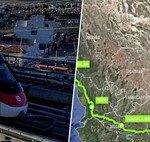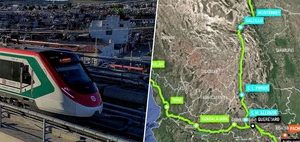Between the orbits of Mars and Jupiter is the asteroid belt. This vast, dynamic field of space rocks has intrigued scientists for decades, and its study continues to reveal new secrets about the formation and evolution of our solar system. Let’s learn about the distribution of asteroids in the asteroid belt and what this information reveals about the processes that shaped our cosmic neighborhood.
The Asteroid Belt: A World Between Planets:
The asteroid belt is a region of the solar system populated by a multitude of small rocky bodies, ranging from tiny fragments to large asteroids several kilometers in diameter. These asteroids orbit the Sun between the orbits of Mars and Jupiter, forming a kind of celestial “ring.”
Distribution and Characteristics of Asteroids:
The distribution of asteroids in the belt is not uniform, but instead displays a variety of intriguing patterns and structures. While most asteroids are concentrated in a central area, known as the “main belt”, there are also populations of asteroids that orbit closer to Mars and Jupiter, as well as scattered groups and families of asteroids that share similar characteristics in terms of of composition and origin.
Asteroids in the belt vary in size, shape and composition. Some are small irregular rocks, while others are larger, spheroidal bodies. Additionally, the chemical composition of asteroids can vary significantly, from rocks rich in metallic minerals to bodies richer in carbon and other volatiles.
Origin and evolution:
The formation of the asteroid belt remains a topic of debate among scientists. One theory suggests that asteroids are remnants of the proto-solar nebula, the disk of gas and dust from which planets formed billions of years ago. Another theory postulates that asteroids are fragments of planets that never formed due to the gravitational influence of Jupiter.
Regardless of their origin, asteroids in the belt have experienced a tumultuous history of collisions and gravitational perturbations over millions of years. These events have shaped the distribution and composition of the asteroids we see today, providing clues to the early evolution of the solar system.










![[Img #72633]](https://thelatestnews.world/wp-content/uploads/2024/06/A-look-at-the-distribution-of-asteroids-between-Mars-and.jpg)



Add Comment